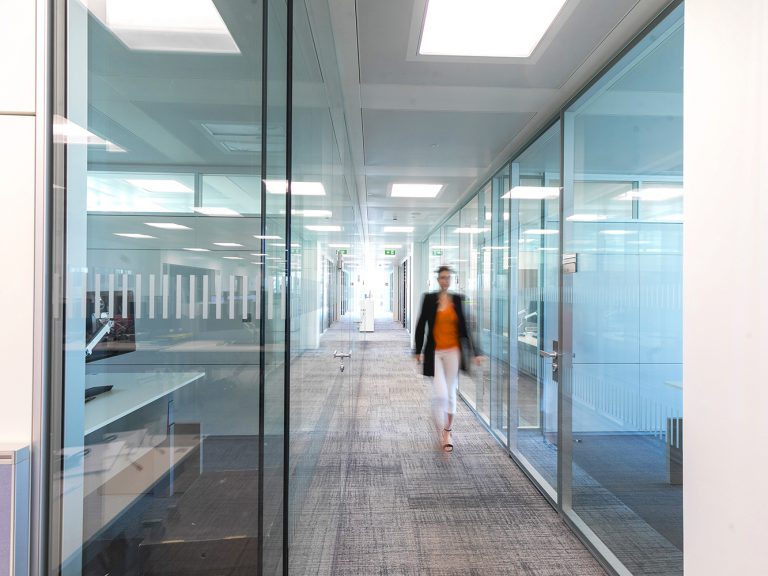

Offshore Renewable Energy Development in Ireland: Government consults on Long-Term Regime
The Government is consulting until 20 April 2023 on the Offshore Renewable Energy Development Plan II (“OREDP II”).
It is intended over the next years to transition from the current developer-led approach to offshore renewable energy (“ORE”) to a long-term Enduring Regime, based on a State-led, planned approach.
It was recently indicated that the Government intends to move more swiftly towards a plan-led approach, which we look at here.
Some key elements of the draft OREDP II are set out below.
- Purpose: It is intended to be a national spatial strategy to support implementation of the marine planning framework established by the Maritime Area Planning Act 2021, Marine Planning Policy Statement and National Marine Planning Framework. It proposes a framework for identifying Broad Areas of Interest suited to fixed wind, floating wind, wave and tidal in the long-term, enduring phase. These areas would be refined in Designated Maritime Area Plans (“DMAPs”) pursuant to the Maritime Area Planning Act 2021. It states that criteria initially focus on floating wind potential.
- Objectives: Key objectives are to assess the resource potential for ORE in Ireland’s maritime area; to provide an evidence base to facilitate future identification of Broad Areas; and to identify critical gaps in marine data and recommend actions to close them.
- Principles: Several principles are outlined at section 3.6 including that proposals for DMAPs will focus on the location for technologies to be situated in the maritime area, with cable routes to be considered at individual project level given the varying requirements of different technologies and need to consider specific locations.
- Policy Context and Other Jurisdictions: In addition to outlining the EU and national legal and policy context, DECC has summarised at section 5 approaches taken in Scotland, England, the Celtic Sea, the Netherlands and Denmark, and is undertaking further comparative research.
- Data Assessment and Evaluation Methodology: A comprehensive review of the most relevant available data relating to Ireland’s maritime area was carried out. The data was grouped into datasets (technical opportunities, environmental, economic and heritage) and, to determine its suitability for use in OREDP, assessed against five sets of criteria: relevance, spatial relevance, provenance, accessibility, and temporal validity. DECC notes also the work underway to designate 30% of marine waters as Marine Protected Areas, with a Marine Planning Bill expected to be passed in H1 of 2023, and a screening exercise in the Irish Sea underway.
- Assessment of Maritime Area out to Exclusive Economic Zone: It is proposed to identify high level areas suitable for fixed and floating wind, using the relevant data, based on criteria grouped in five areas: technical opportunities; exclusions such as cables, pipelines and interconnectors; environmental factors; economic activities such as shipping and fisheries; and heritage factors.
- Technical Potential and Environmental Assessment: DECC looks at readiness for commercial deployment of various technologies and provides an overview of potential environmental effects per technology type before and after mitigation.
- Broad Areas of Interest: The above analysis is seen as a high-level guide to show potential areas. To narrow the scope of the spatial assessment in the next stage of the marine planning framework, DECC proposes several criteria to identify the initial Broad Areas of Interest within which DMAPs would be created. Two headline criteria are wind resource potential for floating wind and bathymetry potential for floating wind. Five further criteria would further narrow down the areas identified: availability of localised datasets, onshore infrastructure, industrial opportunity, demand centre proximity and presence of interconnectors. Initial application of these criteria and consideration of the features and activities mapped in the above analysis led to identification of three potential Broad Areas of Interest:

- Timeline of Next Steps: OREDP II is to be finalised by mid-2023. Work is then to begin on identification of Broad Areas of Interest, to then be refined in a formal designation process under the DMAP process.
Work on a hydrogen policy and updated interconnector policy needs to be completed which will help inform an Enduring Regime Policy Statement, to be published in early 2024.
An Adaptive Management Plan has been developed and will include reviews of the OREDP II at least every five years, directed by an Implementation Group with various sub-groups.
Ireland has a sea area around seven times the size of its landmass and aims by 2030 – that is, before the Enduring Regime – to have 5GW of offshore generation capacity (+2GW for hydrogen production). In addition to spatial planning, developing capacity beyond 2030 targets will require a line of sight now around clear policy signals, underpinned by workable regulatory and market rules, to support the development of largescale markets for storage and/or export of the energy generated.
The deadline for responses is 11.59 pm, 20 April 2023.
The authors would like to thank Enya Levy for her contribution to this briefing.
In addition to spatial planning, developing capacity beyond 2030 targets will require a line of sight now around clear policy signals, underpinned by workable regulatory and market rules, to support the development of largescale markets for storage and/or export of the energy generated.
